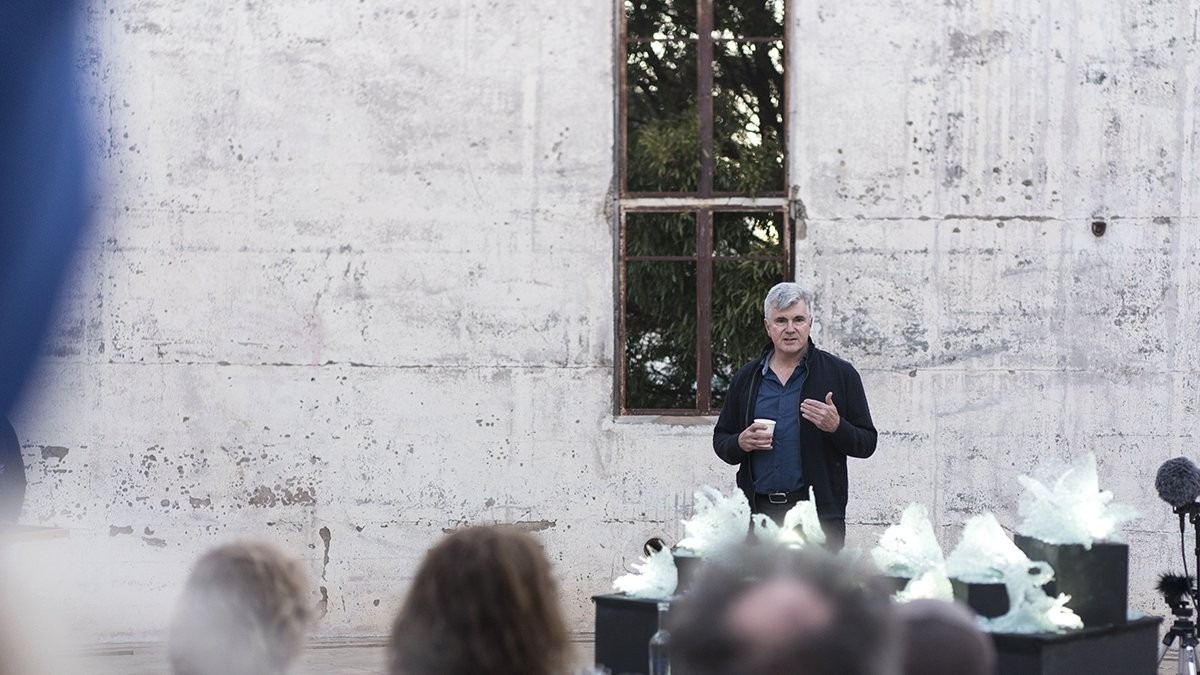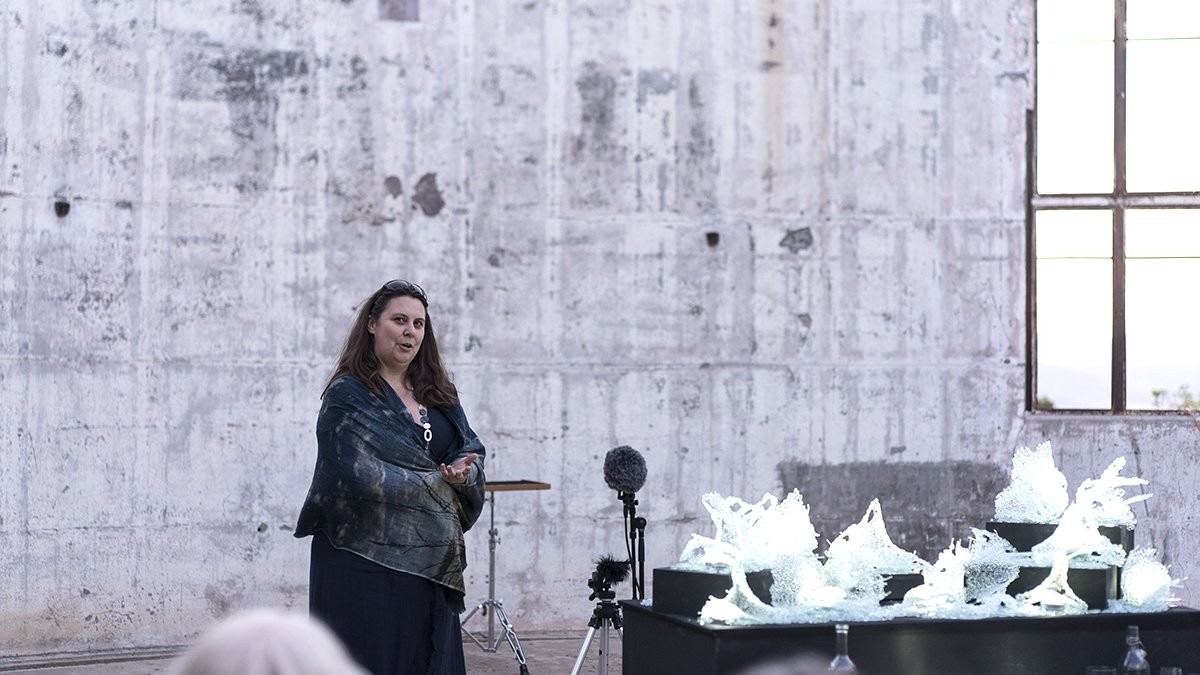
Requiem for a reef
On a howling night in Canberra, atop Mount Stromlo, the full moon shone on twisted shadows and glistening forms. Here, researchers, musicians and a glass artist gathered to draw attention to the impacts of climate change on coral reef ecosystems.
"We meet in the shell of a structure that was destroyed by bushfires, on a night when the wind is strong,” said glass artist and ANU Climate Institute visiting fellow, Ngaio Fitzpatrick.
“Meanwhile huge parts of Australia burn because of climate change.”
On a howling night in Canberra, atop Mount Stromlo, the full moon shone on twisted shadows and glistening forms. Here, researchers, musicians and a glass artist gathered to draw attention to the impacts of climate change on coral reef ecosystems.
"We meet in the shell of a structure that was destroyed by bushfires, on a night when the wind is strong,” said glass artist and ANU Climate Institute visiting fellow, Ngaio Fitzpatrick.
“Meanwhile huge parts of Australia burn because of climate change.”
The event included talks from Professor Mark Howden (Climate Change Institute), Professor Nerilie Abram (Research School of Earth Sciences) and Dr Brad Tucker (Research School of Astronomy and Astrophysics).
Together, they challenged the audience to witness the disappearance of a community that has thrived for millions of years, and to make choices and decisions to save our precious environments.
Lastly, Ngaio Fitzpatrick, spoke about the meaning of her work:
“As Leonard Cohen said so beautifully, ‘There is a crack in everything, that’s how the light gets in.' And the Barrier Reef, like everything, is very very fragile.”
With these words, Ngaio shattered a sheet of pebbled glass and Dr Alexander Hunter, a composer at the ANU School of Music, and his students, played a song that gave a voice to the reef.
As the curling glass structures glowed under the full moon, vibraphones echoed the sounds of the world’s reefs waking up.
Chiming crystal glasses, and marbles etching on stone, mirrored the crackling sounds of the ocean and its inhabitants.
A hidden smoke machine gently blew dancing clouds from the sculptures, and we knew it had begun.



















